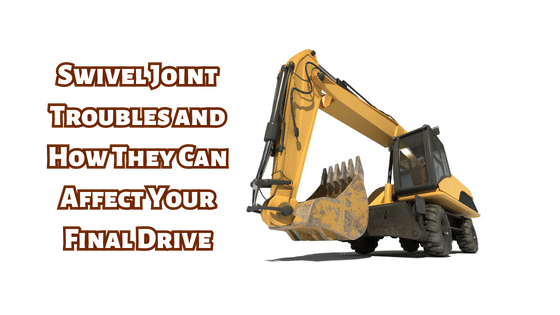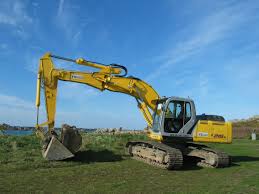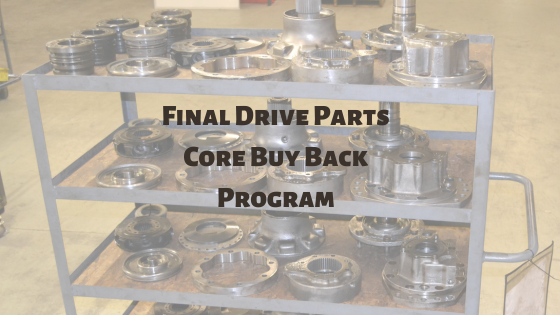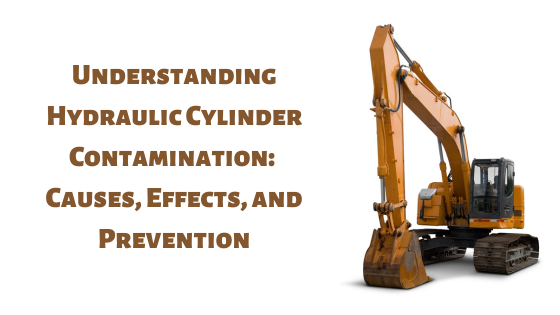Swivel Joint Troubles and How They Can Affect Your Final Drive
Posted by Jim Strong on Sep 13th 2023
In this Shop Talk Blog post, we are diving deep into an important topic – swivel joint problems in excavators and how they can sometimes trick you into thinking there's an issue with your travel motors. We will also explore how to correctly identify the source of the problem.

Want to read more? Here's some other Shop Talk Blog posts you might like!
- Hydraulic Drive Motor Contamination: What You Need To Know
- Final Drives: 4 Important Maintenance Tasks
- Travel Drives Gone Wild!
What is a Swivel Joint Anyway?
A swivel joint, also known by names like rotary manifold or center joint, plays a pivotal role in how your excavator functions, whether its a mini-excavator or full size. The swivel joint is what allows the excavator's body to rotate without interfering with the continuous flow of hydraulic fluid to other parts, like your final drives or attachments.

The Confusing World of Swivel Joint Issues
At times, issues with the swivel joint might mislead you into believing that your travel motors are not working well. In reality, the swivel joint might be the real troublemaker! Around the 5,000-hour mark, most machines start experiencing leaks in the swivel joint seals. This can cause the hydraulic motors to receive insufficient hydraulic fluid, affecting their performance.

You might notice that your motor seems weak, especially on one side, or that your excavator's blade isn't functioning optimally. This is because the swivel joint not only facilitates the turning of the excavator but also directs fluid to control the blade, connecting multiple aspects of the excavator's operation.
Swivel Joint or Final Drive: Spotting the Real Culprit
Identifying a swivel joint problem can sometimes be a challenging task. These leaks can either be internal or external, and detecting an internal leak is particularly tough until there is a noticeable loss of power in the travel motors. But don't worry, we've got a handy trick to help you pinpoint the issue.
You can check the case drain flow from the travel motor to find out where the problem lies. First, disconnect the case drain line and cap it to prevent hydraulic fluid leakage and contamination. Then, operate the travel motor without letting the tracks move, while keeping an eye on the fluid flow from the case drain line.

A well-functioning motor should only show a small amount of case drain flow -- it is supposed to be a low pressure from from the final drive back to the hydraulic tank. If you observe a significant flow (like two to three gallons per minute), it indicates a problem with the final drive rather than the swivel joint. And remember, your machine's manual is always there to guide you on the expected range for case drain flow.
Wrapping Up
If your excavator's travel motors are acting up, giving signs of weakness or unpredictability, it's time to inspect the swivel joint for leaks. A malfunctioning swivel joint can disrupt the hydraulic flow needed for your travel motors to work correctly. So, before you decide to replace your travel motors on your excavator, be sure to check the condition of your swivel joint first! And if you have questions, give us a call or send us an email -- our experts will be happy to help in any way they can.






